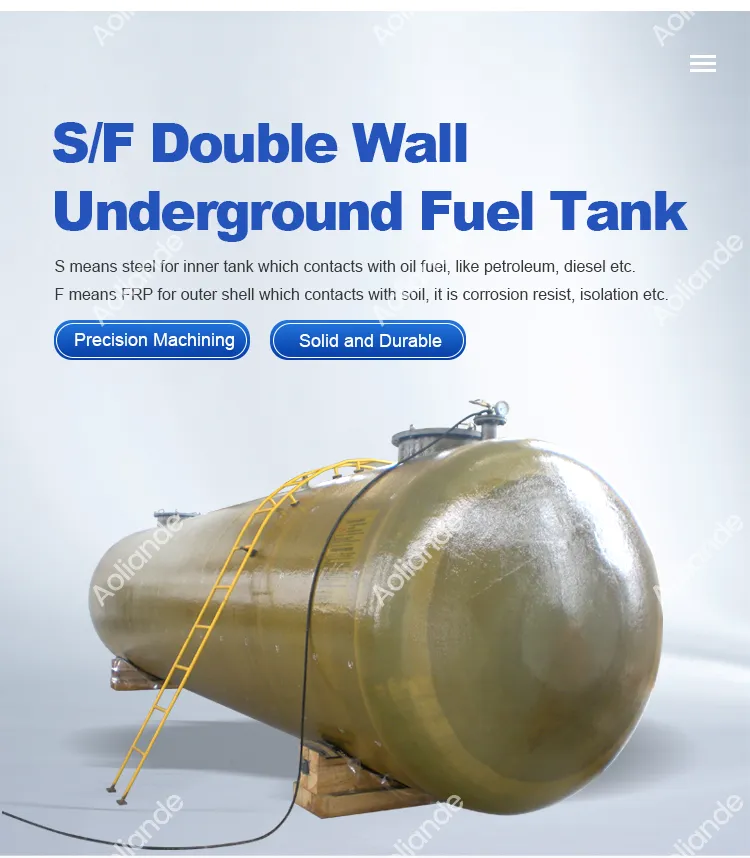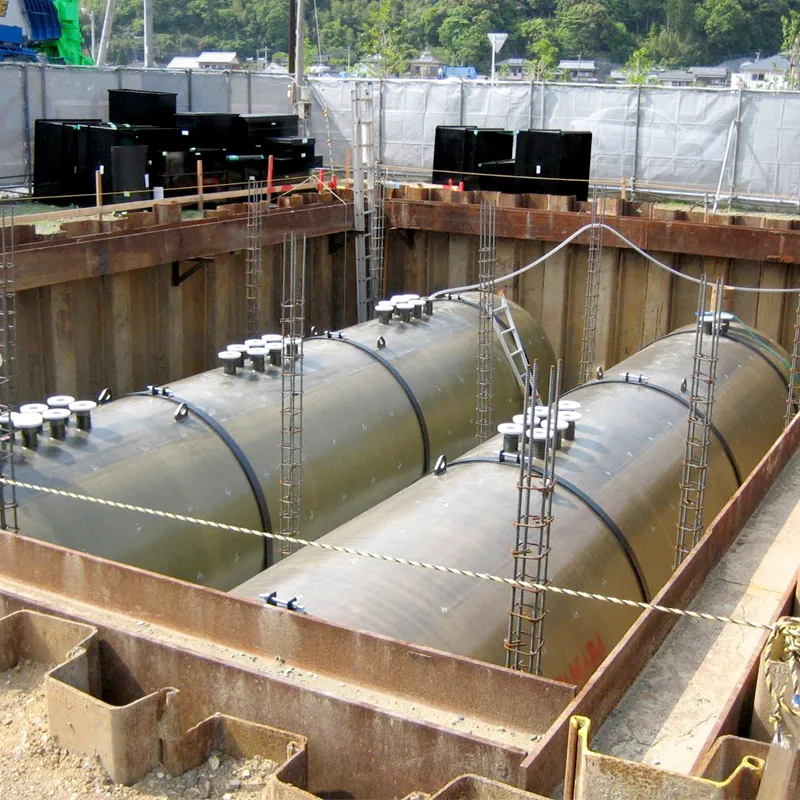Affordable & Durable SMC Fiberglass Panel Water Tanks
- Impactful data on water storage solutions market growth
- Core technical advantages of fiberglass panel construction
- Manufacturer comparison table with performance metrics
- Custom engineering possibilities for specialized applications
- Industry-specific installation case studies
- Cost analysis and pricing factors for SMC panel tanks
- Future trends in composite water storage technology

(fiberglass panel tanks)
The Expanding Role of Fiberglass Panel Tanks in Global Water Infrastructure
Global demand for advanced water storage solutions is projected to reach $16.3 billion by 2027, growing at 5.7% CAGR according to recent market analyses. This surge is particularly noticeable in fiberglass panel tank systems, which have captured approximately 22% market share within the composite storage sector. Municipalities increasingly adopt these solutions after observing installation times reduced by 65% compared to concrete alternatives while maintaining zero leakage for over 15 years of continuous operation. Engineering validation tests at independent facilities confirm structural integrity under extreme conditions - tanks consistently withstand seismic loads up to 0.75g and wind forces exceeding 140 mph. The versatility extends to chemical storage, with certification compatibility for substances ranging from pH 1 acids to pH 14 caustics across multiple regulatory standards including NSF/ANSI 61 and WRAS.
Engineering Superiority Through Material Innovation
Sheet molding compound (SMC) technology delivers fiberglass reinforcement exceeding 30% glass content, resulting in tensile strength ratings between 80-110 MPa. This material composition prevents corrosion issues that plague metal tanks, reducing maintenance frequency by 78% according to water utility maintenance logs. The modular panel design facilitates effortless expansion - additional rings increase capacity incrementally at approximately $7.80 per gallon compared to $15-22/gallon for complete replacements. Thermal properties demonstrate significant advantages, with R-values averaging 8.5 per inch thickness compared to metal's negligible insulation. Advanced manufacturing incorporates proprietary barrier layers that eliminate bio-film formation, maintaining water purity meeting WHO standards after 30-day stagnation tests. Structural design patents feature seismic anchorage systems permitting installation in seismic zones up to D without secondary containment.
| Manufacturer | Max Capacity (Gallons) | Pressure Rating (PSI) | Certifications | Projected Lifespan | Lead Time (Weeks) |
|---|---|---|---|---|---|
| AquaStore Pro | 500,000 | 25 | NSF 61, WRAS | 65+ years | 6-8 |
| PolyCistern | 300,000 | 22 | NSF 61, EN 13280 | 55 years | 8-10 |
| FRP Solutions | 1,000,000 | 35 | ASME RTP, FDA | 70+ years | 10-14 |
| HydroPanel | 750,000 | 28 | NSF 61, ISO 9001 | 60 years | 4-6 |
Configuration Flexibility for Complex Applications
Precision engineering facilitates customization beyond standard cylindrical forms, including rectangular configurations up to 2,400 ft³ and hybrid designs with conical bottoms. Site-specific adaptations incorporate embedded outlets positioned at exact coordinates and specialized port configurations for instruments like ultrasonic flow meters. Recent advancements enable integration of distributed temperature sensing (DTS) fiber optics within panel joints for leak detection to within ±3 feet accuracy. Secondary containment solutions now feature double-wall designs with interstitial monitoring capable of detecting 0.1% volume loss. The installation adaptability includes foundation alternatives ranging from conventional concrete pads to innovative geogrid-reinforced bases that reduce civil costs by 85% for projects in permeable soils.
Cross-Industry Implementation Success Stories
Refinery applications in Texas utilize specialized epoxy vinyl ester resins enabling sulfuric acid storage at 89% concentration, with over 125,000-gallon installations maintaining zero maintenance status since commissioning in 2017. Municipalities have standardized on panel systems after observing Denver's 3.5 million gallon installation completed in just 19 weeks – 41% faster than concrete alternatives while reducing long-term maintenance budgets by $380,000 annually. Agricultural implementations across California's Central Valley demonstrate operational benefits, with frost prevention capabilities maintaining water temperatures 5-7°C above ambient through integrated insulation layers. International projects include seawater harvesting installations on Caribbean islands where corrosion resistance has eliminated tank replacements previously occurring every 8-9 years with steel alternatives.
Investment Analysis and Total Cost Considerations
SMC panel water tanks price structures reflect capacity scaling economies, with 50,000-gallon installations averaging $105,000 while 500,000-gallon installations operate at $1.75 per gallon. Analysis shows 73% of project expenses occur during initial installation, contrasting with steel tanks where maintenance constitutes 58% of 30-year life cycle costs. Municipal financing programs reveal payback periods of 7-12 years through reduced leakage penalties alone – particularly impactful in drought regions where zero evaporation eliminates 3.7 million gallons annual loss per installation. Third-party insurance carriers offer premium reductions of 15-22% for facilities using composite storage due to lower claims frequency for environmental contamination incidents. The value engineering extends to transportation, where panelized systems reduce freight requirements by 80% compared to pre-assembled tanks.
Innovation Trajectory in SMC Panel Water Tank Technology
Composite research facilities have accelerated development of graphene-enhanced SMC formulations that double structural rigidity while reducing wall thickness by 15%. Pilot implementations beginning in 2025 will integrate real-time structural health monitoring through embedded sensors transmitting data to centralized asset management platforms. Regulatory evolution continues as international standards organizations draft specific provisions for fiberglass panel tanks
in earthquake engineering protocols (ACI 350.3 modifications). These systems are projected to become the dominant rainwater harvesting solution globally by 2030, representing a paradigm shift in water infrastructure resilience. The sustainability metrics show promise in life cycle assessments, with newer manufacturing techniques achieving 40% energy reduction and 92% recyclability rates for end-of-life material reclamation.

(fiberglass panel tanks)






























